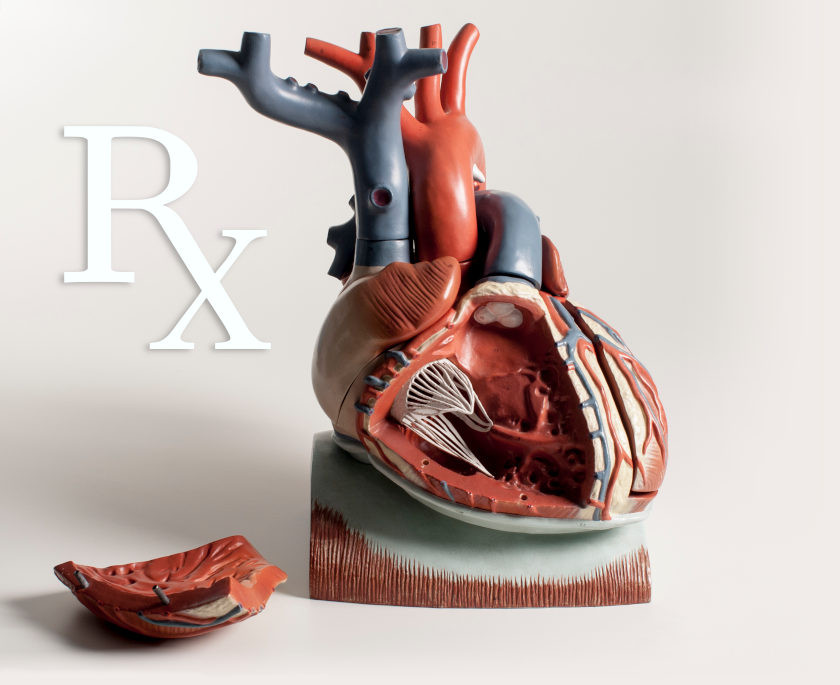Potassium-Channel Openers
General Pharmacology
Potassium-channel openers are drugs that activate (open) ATP-sensitive K+-channels in vascular smooth muscle. Opening these channels hyperpolarizes the smooth muscle, which closes voltage-gated calcium channels and decreases intracellular calcium. With less calcium available to combine with calmodulin, there is less activation of myosin light chain kinase and phosphorylation of myosin light chains (click here for details). This leads to relaxation and vasodilation. Because small arteries and arterioles normally have a high degree of smooth muscle tone, these drugs are effective in dilating these resistance vessels, decreasing systemic vascular resistance, and lowering arterial pressure. The fall in arterial pressure leads to reflex cardiac stimulation (baroreceptor-mediated tachycardia).
Therapeutic Indications
Being effective arterial dilators, potassium-channel openers are used in the treatment of hypertension. These drugs are not first-line therapy for hypertension because of their side effects, and therefore they are relegated to treating refractory, severe hypertension. They are used with a beta-blocker and diuretic to attenuate the reflex tachycardia and retention of sodium and fluid, respectively.
Specific Drugs
Although several potassium-channel openers have been used in research for many years, only one, minoxidil, is approved for humans to treat hypertension.
Side Effects and Contraindications
Common side effects to minoxidil include headaches, flushing and reflex tachycardia. The potent vasodilator actions of minoxidil can lead to fluid retention and edema formation. Reflex cardiac stimulation can precipitate angina in patients with coronary artery disease. Minoxidil produces T wave changes in a high percentage (~60%) of patients under chronic treatment. One of the most noted side effects of minoxidil is hypertrichosis, a thickening and enhanced pigmentation of body hair, and therefore this drug is more commonly used for treating baldness.
Revised 09/27/22

 Cardiovascular Physiology Concepts, 3rd edition textbook, Published by Wolters Kluwer (2021)
Cardiovascular Physiology Concepts, 3rd edition textbook, Published by Wolters Kluwer (2021) Normal and Abnormal Blood Pressure, published by Richard E. Klabunde (2013)
Normal and Abnormal Blood Pressure, published by Richard E. Klabunde (2013)